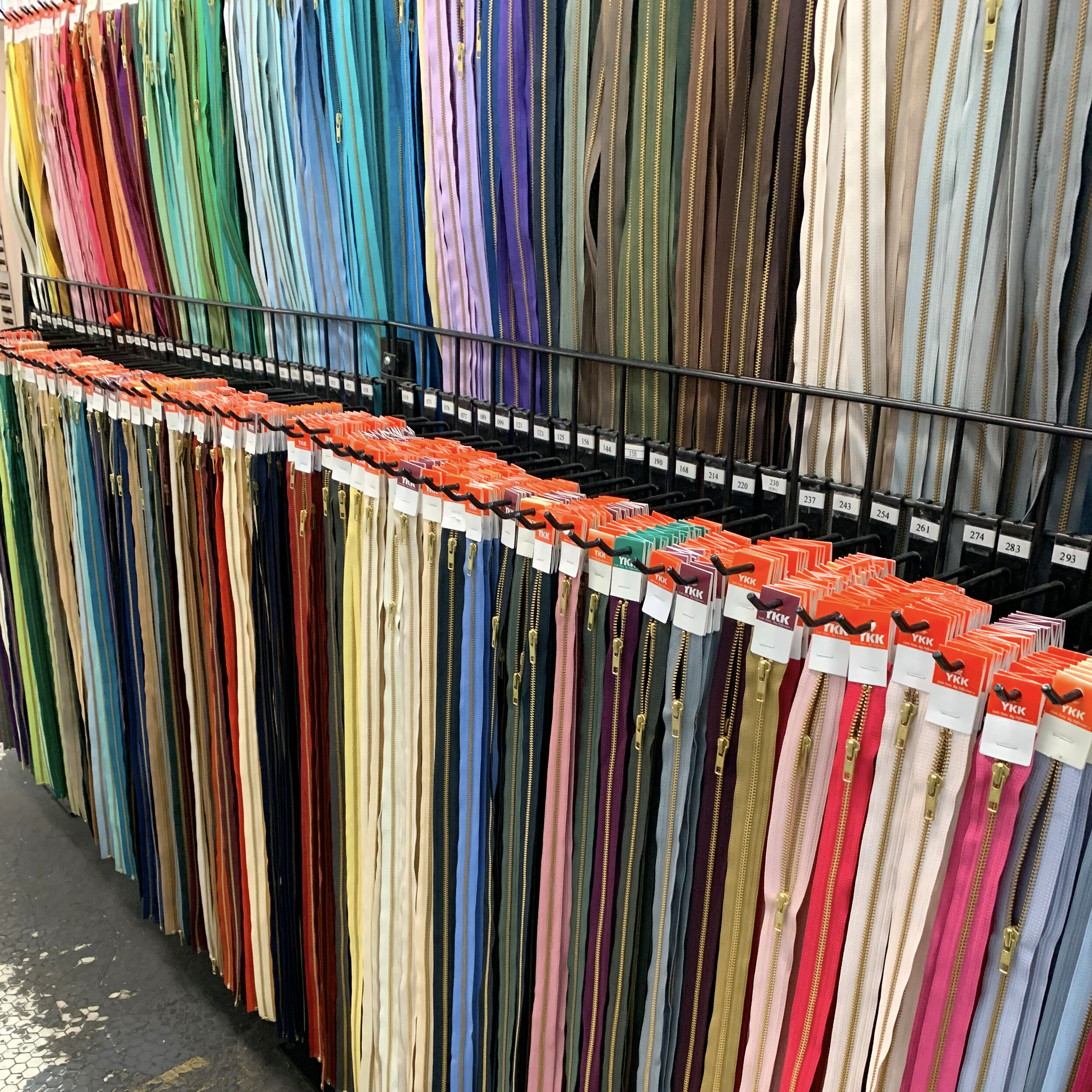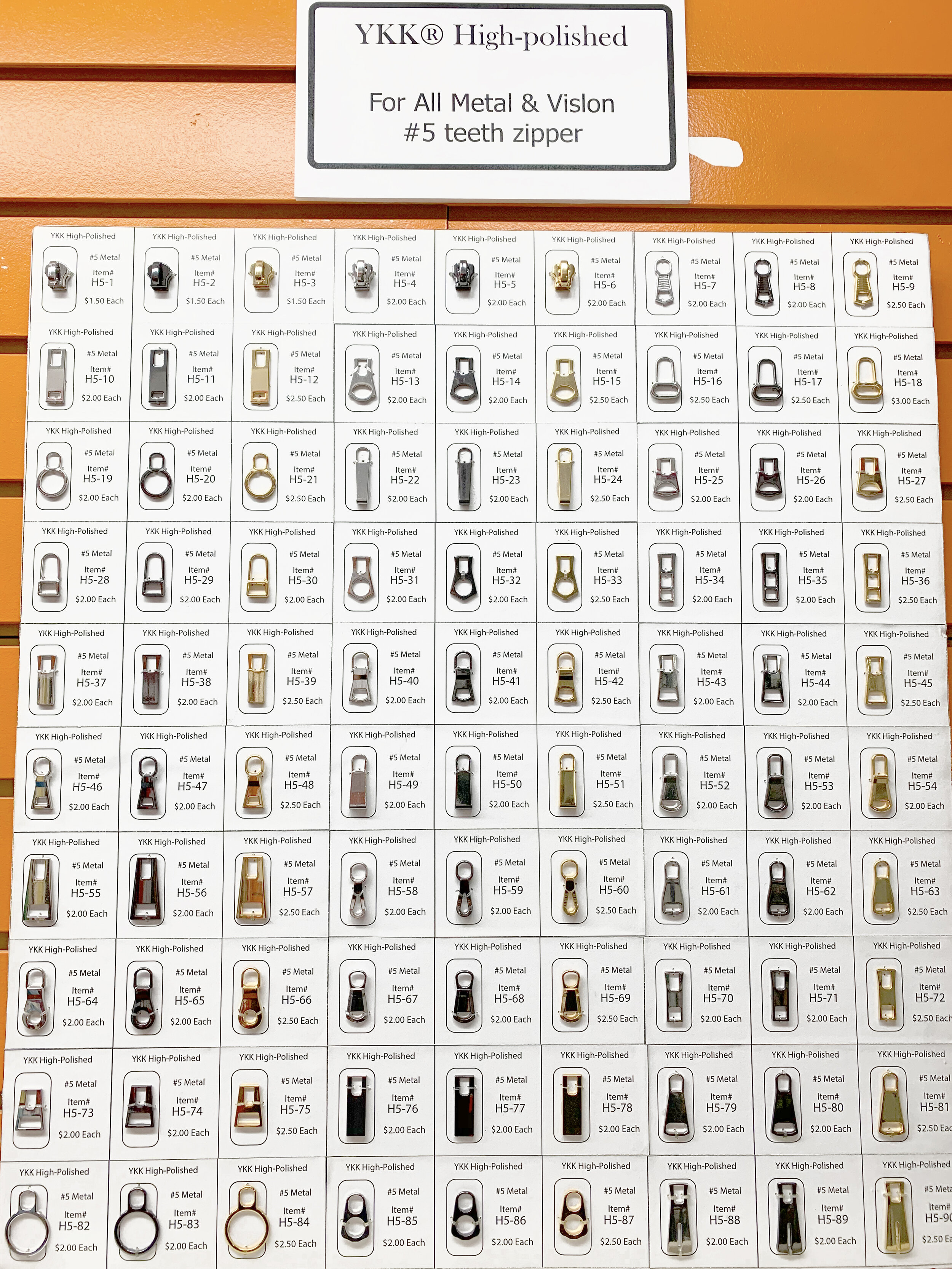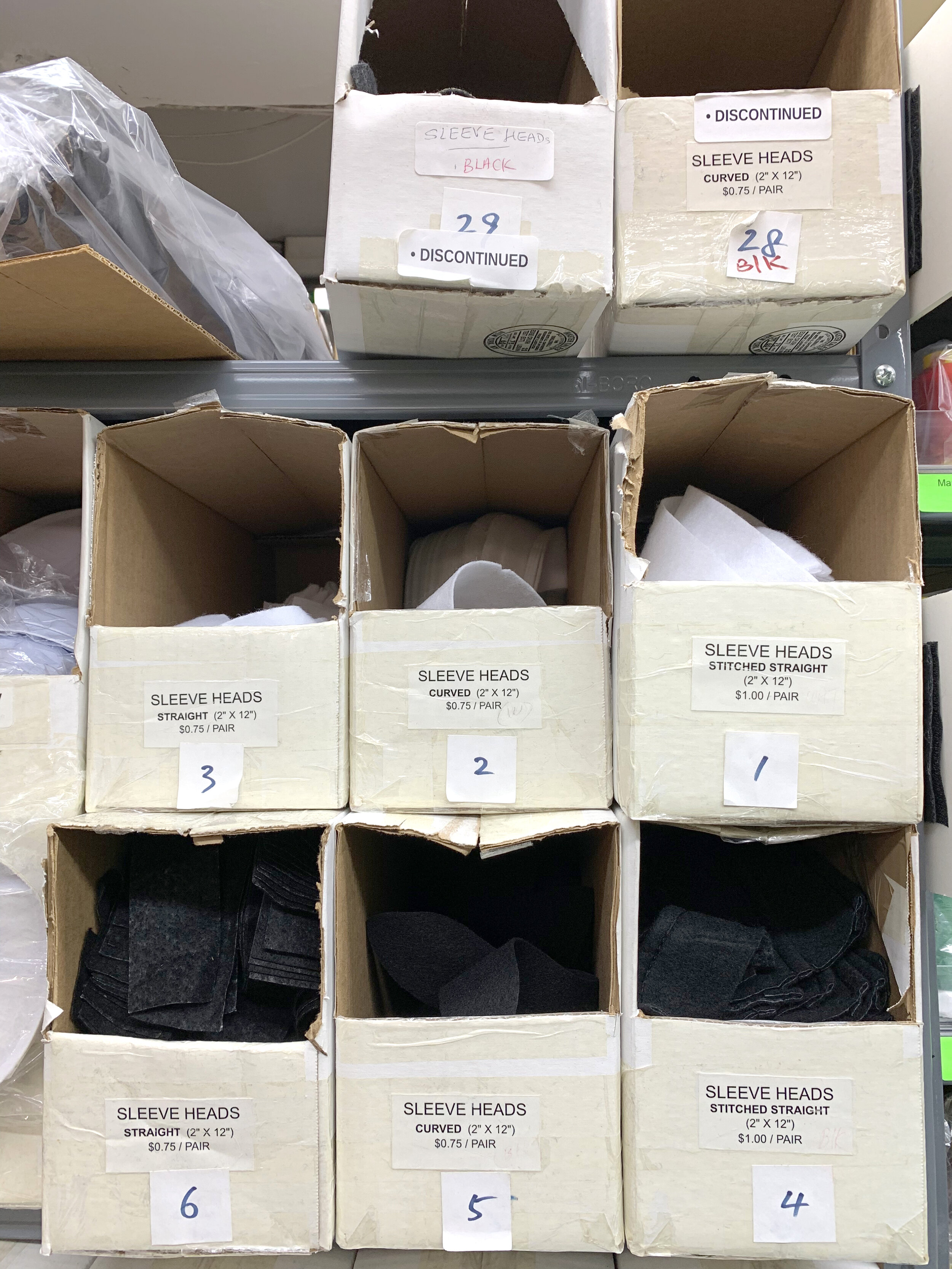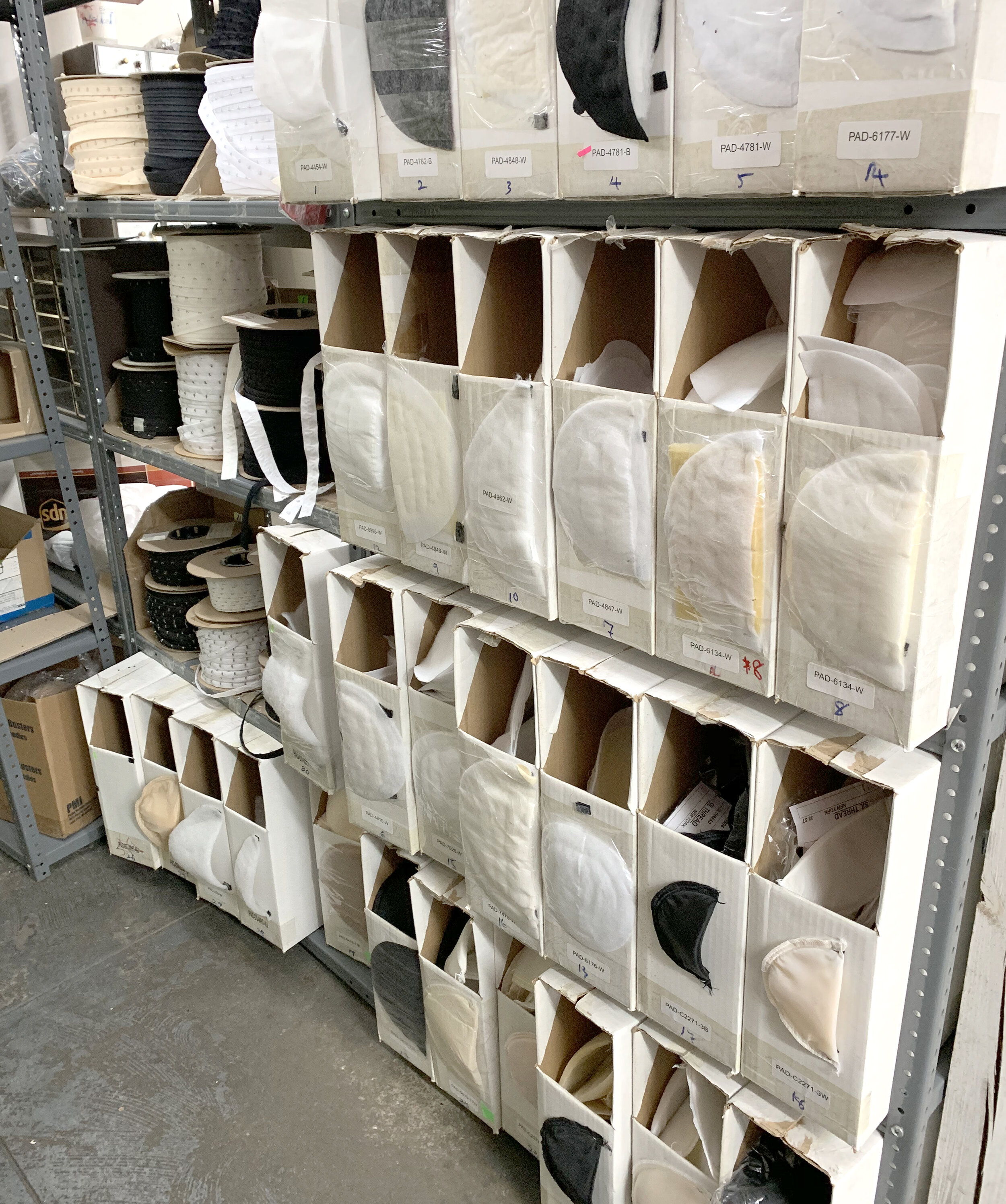McCALLS 7848 - SEWING A COAT PART 1: FABRIC & NOTIONS
Supplies to get me started on sewing a winter coat.
I am currently sewing McCall’s 7848, and I will be documenting the process across a few blog posts, because it is a lot of work to make a coat! To make this coat, I will need coating fabric and a few notions that I haven’t used before, and I am excited! I sourced every ingredient in this coat from Manhattan’s Garment District - a place near and dear to my heart. Let’s get started!
My fabric is wool, soft, with a bouncy hand. The face and back are different but you have to really look to see the difference. The back is slightly darker with a tighter weave. The edges like to ravel.
I like to start with fabric, and let it dictate the pattern choice. I found this wool at Mood a couple of months ago when I first decided to sew my winter coat. I was doing my usual midtown browse, not planning on purchasing, when I saw this Ralph Lauren wool. It is thick, soft, drapey for its thickness, subtly nubby, a little spongey, and the most glorious shade of spruce green. It is about 52” wide and there were 3.5 yards left on the bolt (hey, remember that for later), so I bought the end of the bolt. Once I spent some time draping the fabric over myself in the mirror, I narrowed my pattern selection, and then picked a pattern from my stash, that I liked and would work with my yardage.
For lining, I am using Kasha. It is a flannel backed satin. The flannel adds a layer of warmth, so you can skip under lining (or add it for extra coziness). The satin is very shiny! This is from my stash, but you can purchase Kasha online from Stonemountain & Daughter or Vogue Fabrics.
The pattern calls for a 30” separating zipper, which is not concealed. The zipper is set front and center, making it an important notion. I knew wanted an attractive one. I decided to look for 30” separating zippers with gold-tone metal teeth and a clean, shiny zipper pull. At most zipper stores in Midtown, you can have your zipper customized, so if you don’t see exactly what you want on the floor, they will make it for you for a small charge, and it will be ready in just a few minutes.
Sil Thread stocks YKK zippers, here is the selection for size #5, 36” metal separating zippers. This is a small portion of their zipper offerings.
This is one of several displays of the zipper pull options. They are all in small drawers and you can pick them out yourself and hold them up to your zipper to test how it looks.
My zipper! Swapping out the standard pull for a high shine one makes a big difference.
At Botani (Lampo zippers) and Pacific Trimming (RiRi zippers), the base price for what I wanted was around $29. I considered it, but went to Sil Thread and bought a YKK zipper instead. I purchased a 36” size 5 metal toothed separating zipper for $2.50 and had it shortened to 30” ($1.00 charge) and had both the separator ($2.50) and pull ($2.50) replaced with sleek, high shine options. They have many choices at all of these stores, so if you are indecisive, it helps to have an idea of what you like.
Sil Thread has the largest selection of sleeve heads that I have found in the Garment District.
The top 2 sets are the same shape but different thicknesses; the bottom set is very lightweight and malleable. They all have notches to match against your armscye notches.
While at Sil Thread, I picked up some sleeve heads. I am not sure if I will use these on this jacket - the pattern doesn’t call for it, and I need to see how the sleeve looks first. Here you can see all the options for sleeve heads at Sil. I think this is the best selection in Midtown. For 75¢ a pair, I bought 3 different kinds to test out.
Sil also has an incredible selection of shoulder pads! I purchased mine at Pacific Trimming, where there are fewer options, but they are good quality.
These are the 1/2” shoulder pads that I will use in my coat. There is variety in the materials used in all the different ones. I like these because they have natural fiber battings inside, and they are soft and flexible, with very thin edges, so there won’t be an abrupt transition at their edge.
Sil also has a fantastic selection of shoulder pads, but I had already purchased a pair at Pacific Trimming. I bought 2 kinds, and this is the set I intend to use on my coat. They were $5.00/pair at Pacific. The coat pattern does not call for shoulder pads, but I have narrow shoulders, and I know I will benefit from the additional structure.
Fusible weft interfacing from Steinlauf and Stoller Inc.
The pattern calls for interfacing, but not very much of it! (I added much more, but I’ll get to that in my next post.) After researching online what the best options are for interfacing a wool coat, I landed on polyester fusible weft interfacing. For a long time, I haven’t really understood what this product is or what it is for. Here is a clear photo of it. By itself, it feels slinky and flimsy - it’s polyester! But once fused to the fabric, it adds structure and stability without inhibiting the drape of the wool. I tested a few interfacings on some scraps, and this was the clear winner. This interfacing is from Steinlauf and Stoller. I love this store, it’s like stepping back in time.
Ok, that’s everything for now! Time to sew. XO, Martha










